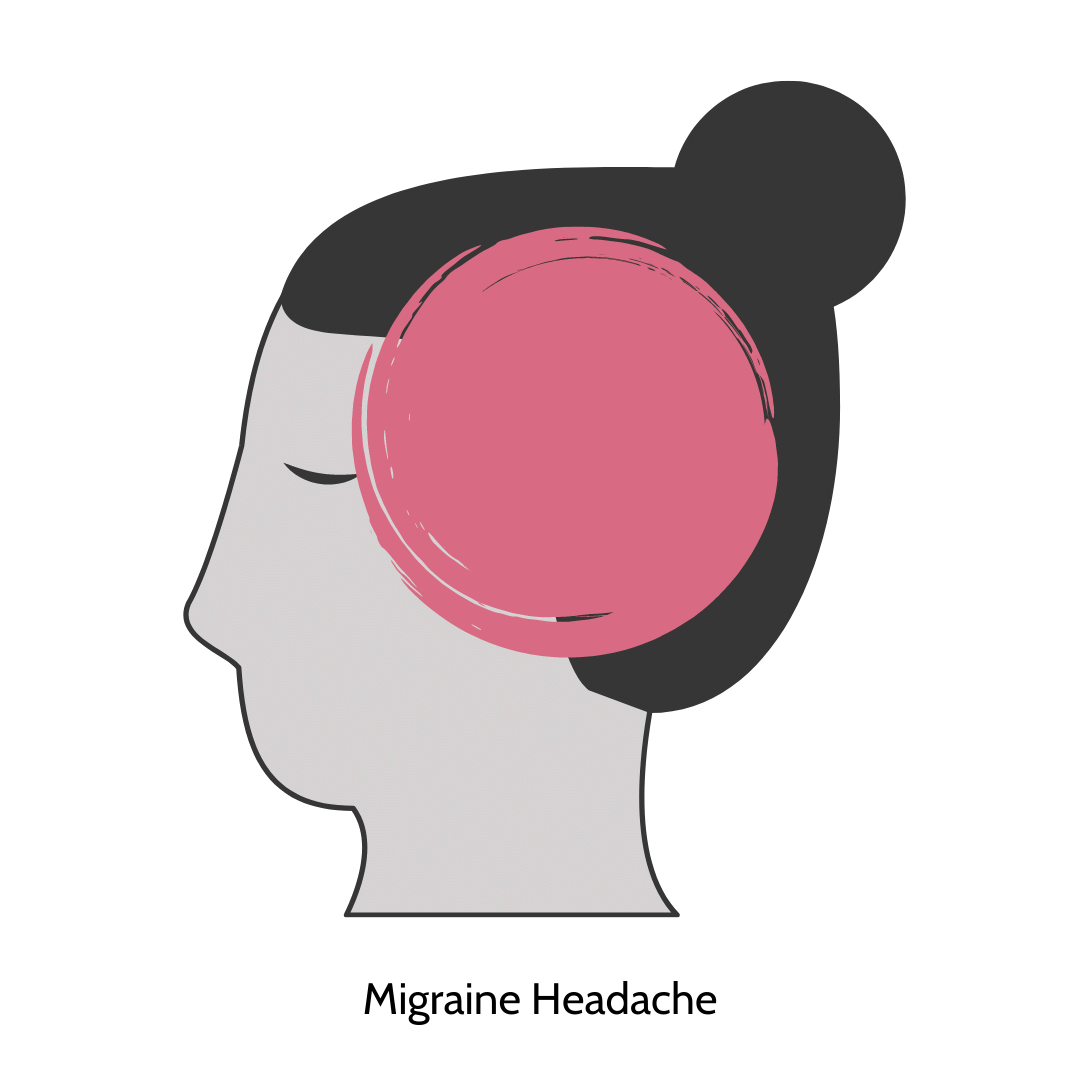Headaches
Dr Teleah Andrews shares the most common headaches Osteopaths see and what you can do about them
It’s like I’ve got a tight band around my head and someone is pulling it tighter. This description and similar are something we often hear in clinic. 50-75% of us will have at least one headache each year (WHO, 2016). Many of us will have them multiple times. That’s a lot of headaches!
There are more than 150 types of headaches, which means there are a multitude of reasons why we get them. Not all the reasons are well understood. Common causes of headaches include muscle tension, trigger foods, genetics and hormones.
Some headaches respond well to medication or lifestyle changes, while other types have been shown to respond better to hands-on therapy. Research shows that many people use a combination approach to managing their headaches.
So what can you do? By understanding a little about what causes your headache, it may be easier to find a remedy. I’ll briefly go over three of the most common types of headaches that we see in the clinic. Some people have a combination of headache types, which is why your symptoms may not fit neatly into a single box.
What type of headache do you have?
Tension type headache
These headaches are very common and feel like a dull, tight band around your head. You may also have neck and shoulder pain. They are usually caused by some kind of stressor. This could be an emotional, physical or nutritional stress.
Cervicogenic headache
A cervicogenic headache is caused by tension in the joints of the upper neck and base of the skull. This type of headache is felt on only one side of the skull. It can also extend into the neck, and arm on the same side. You may have difficulty turning your head with this type of headache. The headache feels like it comes from your upper neck and base of your skull and spreads out to the sides.
Migraine
Migraines are particularly intense headaches that last between four and 72 hours. They can be felt on one side of the head, or all over and are often described as ‘throbbing’. They are usually accompanied by other symptoms such as nausea, vomiting, sensitivity to light, seeing an “aura” or stars, dizziness and other sensory changes. Migraines can be triggered by many things, including certain foods, over-exertion, dehydration, medications and hormones.
What can you do?
Most people will use a combination approach to treatment for headaches. Treatment approaches often include stretches, lifestyle changes to avoid triggers, medication and manual therapy including Osteopathy.
Stretches and self massage can be helpful. We’ve made short videos of some of our favourites.
There are a variety of lifestyle triggers that can be addressed to modify headaches:
Not getting enough sleep
Dehydration
Poor work postures especially if you work at a computer
Hunger
Caffeine withdrawal
Foods – such a chocolate, alcohol and foods containing MSG
Medications:
We advise that you speak to your pharmacist or doctor before trying any medications. Over-the-counter anti-inflammatories are used for many types of headaches, but seldom have an affect on cervicogenic headaches.
Hot and cold therapy:
Wheat-bags or hot water bottles on your neck can reduce pain in some people. Cold packs over the eyes or under the base of the skull can be helpful for some people. Remember to use a cloth or towel as a barrier between the skin and cold pack to prevent freezing the skin directly under the cold pack.
How might an Osteopath or other manual therapist help?
Osteopaths (and some other manual therapists) are trained to understand which muscles, nerves and joints can contribute to headaches and to treat headaches that have a musculoskeletal cause or component
Articulation and soft tissue techniques can help relax the muscles in your head and neck and calm your nervous system down.
At Pivot Osteopathy can work together to create a plan to identify triggers and help you manage the factors that trigger your headaches, such as introducing a stretching routine, identifying ways to improve your posture at work or home or finding ways to enhance your sleep routine.
Migraines are a tricky type of headache to treat, however some people with migraines may respond to Osteopathic treatment or other manual therapies if muscular tension in the upper neck is one of the headache triggers.
If you have lingering headaches and you think your neck, jaw or back might be contributing, book an appointment to see if osteopathy can help you reduce your pain and learn skills to keep it away.
REFERENCES:
Cerritelli, F., Lacorte, E., Ruffini, N., & Vanacore, N. (2017). Osteopathy for primary headache patients: a systematic review. Journal of Pain Research, 10, 601–611. http://doi.org/10.2147/JPR.S130501
Headache Classification Committee of the International Headache Society (HIS) (2013), The International Classification of Headache Disorders. 3rd edition (beta version), Cephalalgia, 33 (9), https://www.ichd-3.org/
Moore, C.S., Sibbritt, D.W. & Adams, J. (2017) A critical review of manual therapy use for headache disorders: prevalence, profiles, motivations, communication and self-reported effectiveness. BMC Neurology 17: 61. https://doi.org/10.1186/s12883-017-0835-0
Paul Rizzoli, William J. Mullally J (2018), Headache, The American Journal of Medicine, 131 (1), 17-24, https://doi.org/10.1016/j.amjmed.2017.09.005
Important Note: While these are common headache types that Osteopaths see, there are a variety of others. We recommend seeking professional help for your headache, especially if you are experiencing a new type of headache, your pain is severe or the headache has come on suddenly.
The content on or accessible through Pivot Osteopathy is for informational purposes only. This website is not a substitute for professional advice or expert medical services from a qualified healthcare provider.




